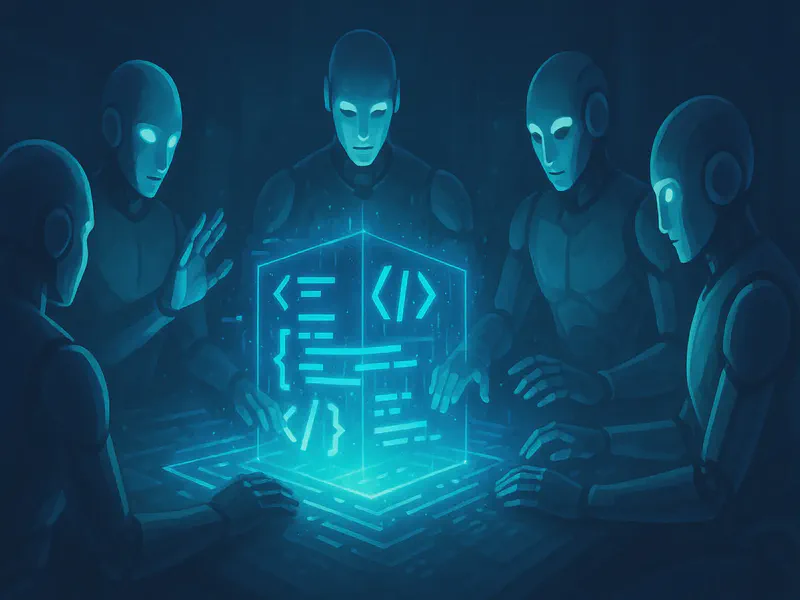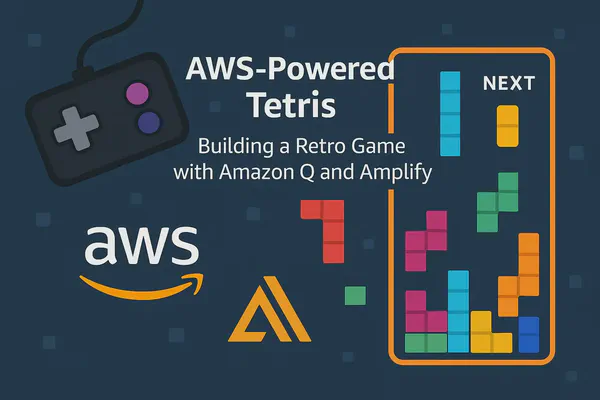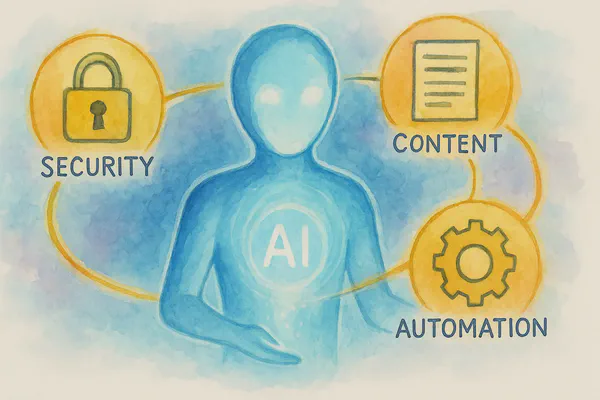
Multi-Agent Orchestration with Claude Code: When AI Teams Beat Solo Acts
- Stephen Jones
- Dev ops
- September 8, 2025
Table of Contents
Working with a single AI assistant on complex projects is like having one engineer handle an entire software delivery pipeline. Possible? Sure. Optimal? Not even close.
I recently came across a fascinating Reddit post from a non-technical person who built a multi-agent orchestration system using Claude Code that cuts development time by 75%. Their approach transforms how we think about AI-assisted development by treating it like what it actually is: a team sport.
The Problem with Solo AI Development
Most of us use AI assistants like we’re having a conversation with one really smart person. We dump our entire project context into a single chat, hope for the best, and then spend hours debugging the inevitable inconsistencies and gaps.
This approach has fundamental limitations:
- Context overload - Single agents lose track of complex requirements
- No quality gates - No built-in validation or peer review
- Sequential bottlenecks - Everything happens in a single thread
- Inconsistent outputs - No specialization means generic solutions
Enter the Multi-Agent Orchestra
The Reddit user’s solution is elegantly simple: split responsibilities across four specialized Claude Code agents, each running in separate VSCode terminals with distinct roles:
Agent 1: The Architect (Research & Planning)
- System exploration and requirements analysis
- Architecture planning and design documents
- Creates the master
MULTI_AGENT_PLAN.mdfile - Acts as the design authority and tie-breaker
Agent 2: The Builder (Core Implementation)
- Feature development and main implementation work
- Builds actual solutions based on Architect’s plans
- Focuses on core functionality and business logic
Agent 3: The Validator (testing & Validation)
- Writes comprehensive test suites
- Creates edge case scenarios and validation scripts
- Quality assurance and debugging
- Catches issues before they become problems
Agent 4: The Scribe (Documentation & Refinement)
- Documentation creation and maintenance
- Code refinement and optimization
- Usage guides and examples
- Makes work understandable and maintainable
The Communication Protocol
The magic happens in how these agents coordinate. Instead of complex orchestration frameworks, they use a simple shared planning document that acts as their communication hub.
Each agent reads and writes to MULTI_AGENT_PLAN.md:
## Task: Implement User Authentication
- **Assigned To**: Builder
- **Status**: In Progress
- **Notes**: Using jwt tokens, coordinate with Validator for test cases
- **Last Updated**: 2024-11-30 14:32 by Architect
## Task: Write Integration Tests
- **Assigned To**: Validator
- **Status**: Pending
- **Dependencies**: Waiting for Builder to complete auth module
- **Last Updated**: 2024-11-30 14:35 by Validator
For direct communication, agents leave messages in the planning document:
# Architect Reply to Builder
The authentication flow should follow this pattern:
1. User submits credentials
2. Validate against database
3. Generate jwt token
4. Return token with refresh token
Please implement according to the diagram in /architecture/auth-flow.png
— Architect (14:45)
Real-World Results
The Reddit user shared their experience building a supplement-medication interaction checker:
- Architect: Researched FDA guidelines, created system architecture
- Builder: Implemented interaction algorithms and API endpoints
- Validator: Wrote comprehensive test suites and edge cases
- Scribe: Generated API docs and user guides
Timeline: 2 days instead of the estimated week with single-agent approach.
The AWS Connection
This pattern maps beautifully to AWS’s own multi-service architecture philosophy. Instead of monolithic solutions, we compose specialized services:
- Amazon Bedrock Agents for orchestration
- AWS Step Functions for workflow coordination
- Amazon EventBridge for inter-service communication
- AWS CodePipeline for multi-stage validation
The multi-agent approach mirrors how we build resilient cloud architectures: specialized components with clear interfaces and shared state management.
Implementation Tips
Start Simple
# Terminal 1: Architect
cd /your-project && claude
> You are Agent 1 - The Architect. Create MULTI_AGENT_PLAN.md and initialize the project structure.
# Terminals 2-4: Specialized agents
cd /your-project && claude
> You are Agent [2/3/4]. Read MULTI_AGENT_PLAN.md to get up to speed.
Use git Branches for Organization
agent1/planning- Architecture and design workagent2/implementation- Core feature developmentagent3/testing- Test suites and validationagent4/documentation- Docs and refinement
Regular Sync Points
Have agents check the planning document every 30 minutes to stay coordinated.
Clear Boundaries
Define what each agent owns to avoid conflicts and duplicate work.
Common Pitfalls and Solutions
Issue: Agents losing context
Solution: Regular re-reads of MULTI_AGENT_PLAN.md and recent commits
Issue: Conflicting implementations
Solution: Architect agent acts as design authority and final decision maker
Issue: Agents duplicating work
Solution: More granular task assignment in planning document
Why This Works
Coming from enterprise architecture, this mirrors successful team patterns:
- Specialization breeds expertise - Each agent develops domain knowledge
- Parallel processing accelerates delivery - Multiple workstreams simultaneously
- Multiple perspectives catch more issues - Built-in quality gates
- Clear roles reduce confusion - Everyone knows their lane
The Bigger Picture
This isn’t just about Claude Code. It’s about rethinking how we collaborate with AI systems. Instead of treating them as super-powered autocomplete, we’re building AI teams with specialized roles and clear communication protocols.
The pattern works because it mirrors how high-performing human teams operate: clear roles, shared context, regular communication, and built-in quality checks.
Getting Started
- Install Claude Code (if you haven’t already)
- Copy the multi-agent template to your memory files
- Start with a small project to get comfortable
- Scale up as you see the benefits
The key is adapting agent roles to your specific needs. Building a web app? Consider Frontend, Backend, Database, and DevOps agents. Working on data pipelines? Try Ingestion, Processing, Validation, and Monitoring agents.
Summary
Multi-agent orchestration transforms AI-assisted development from a solo act into a coordinated team effort. By splitting responsibilities across specialized agents with clear communication protocols, we can achieve faster development cycles, better quality outcomes, and more maintainable solutions.
The Reddit user’s approach proves that you don’t need complex frameworks or enterprise tools to implement this pattern. Sometimes the simplest solutions - four terminals, one shared document, and clear role definitions - deliver the biggest impact.
Whether you’re building AWS architectures, developing applications, or automating workflows, the multi-agent pattern offers a scalable way to harness AI’s potential while maintaining the quality and coordination that complex projects demand.
I hope someone else finds this useful - the intersection of AI orchestration and cloud architecture patterns continues to reveal new possibilities for how we build and deploy systems at scale.


